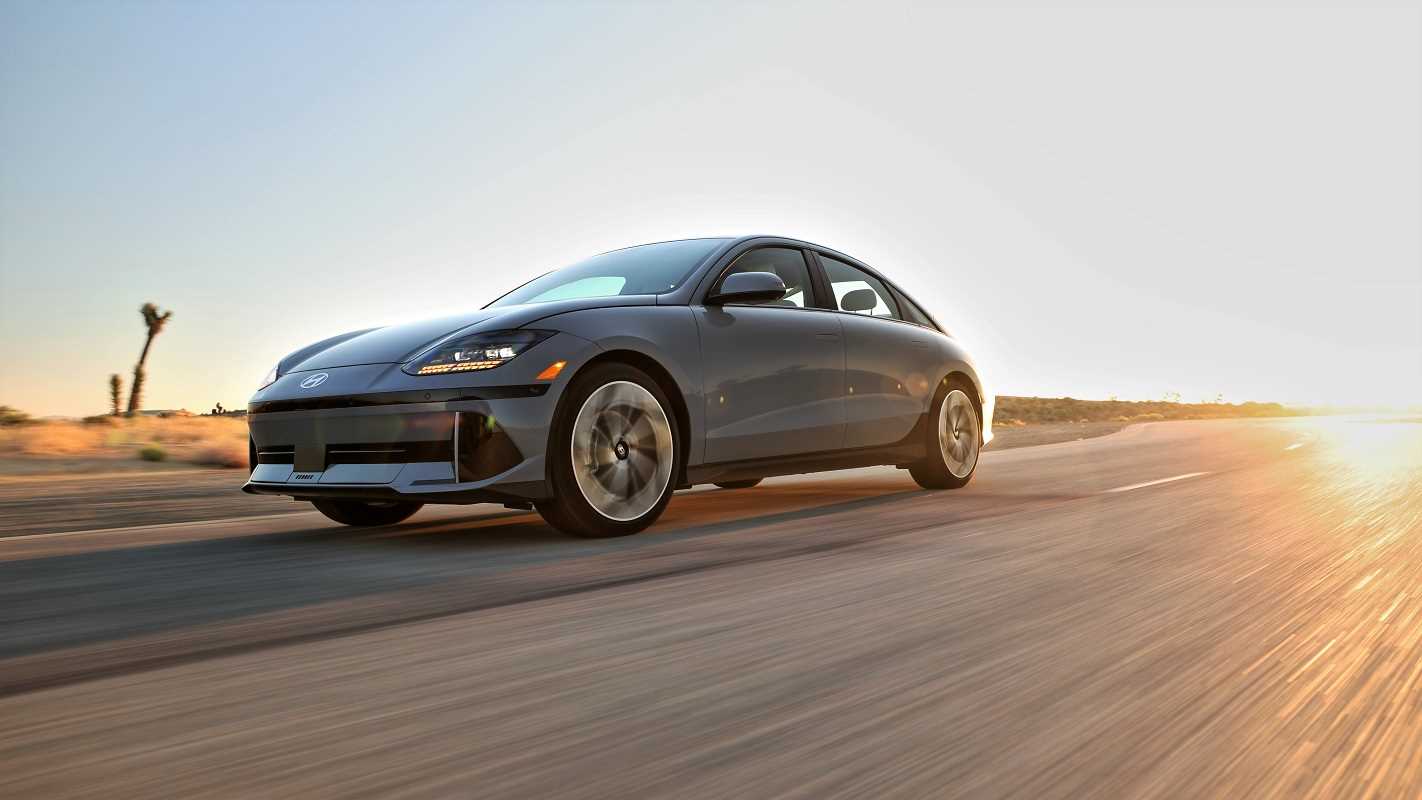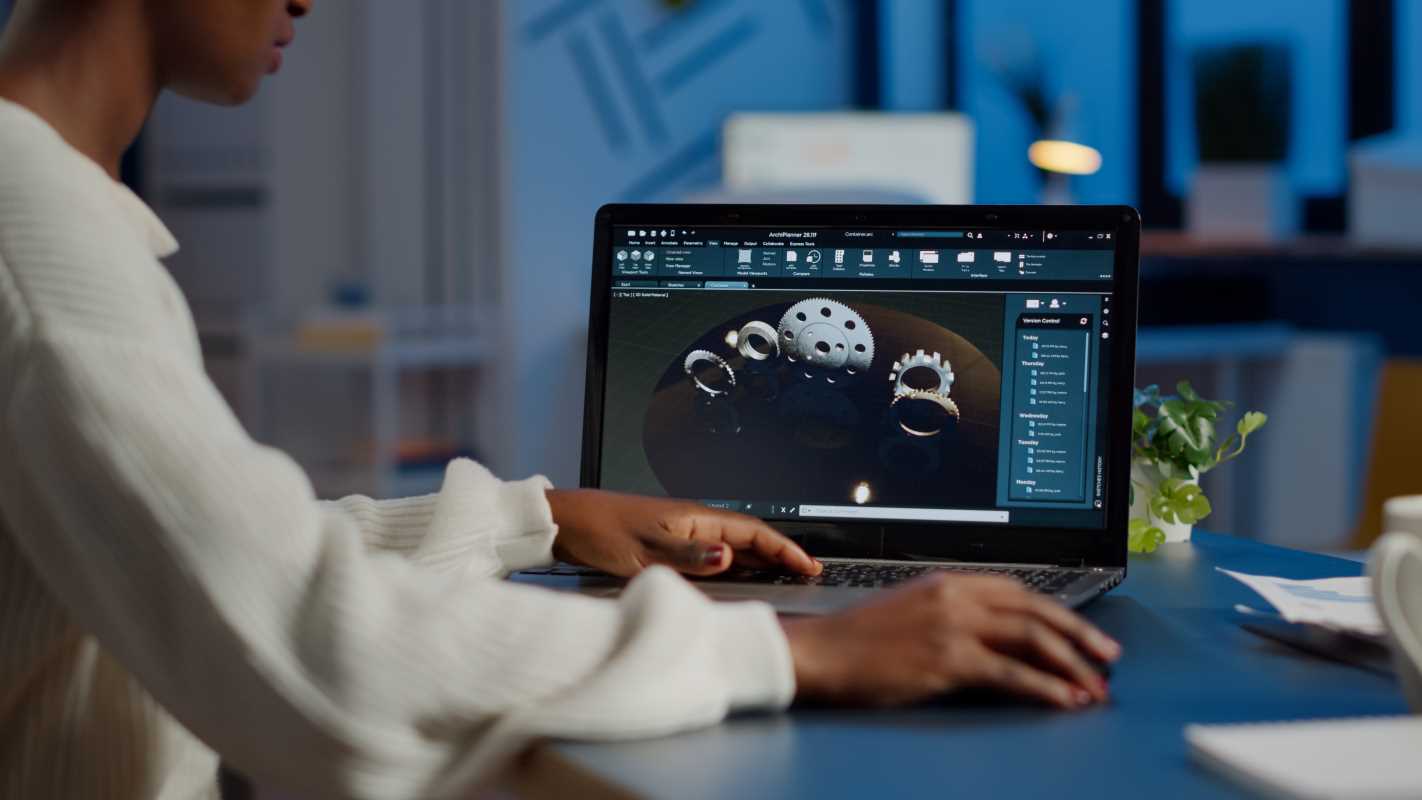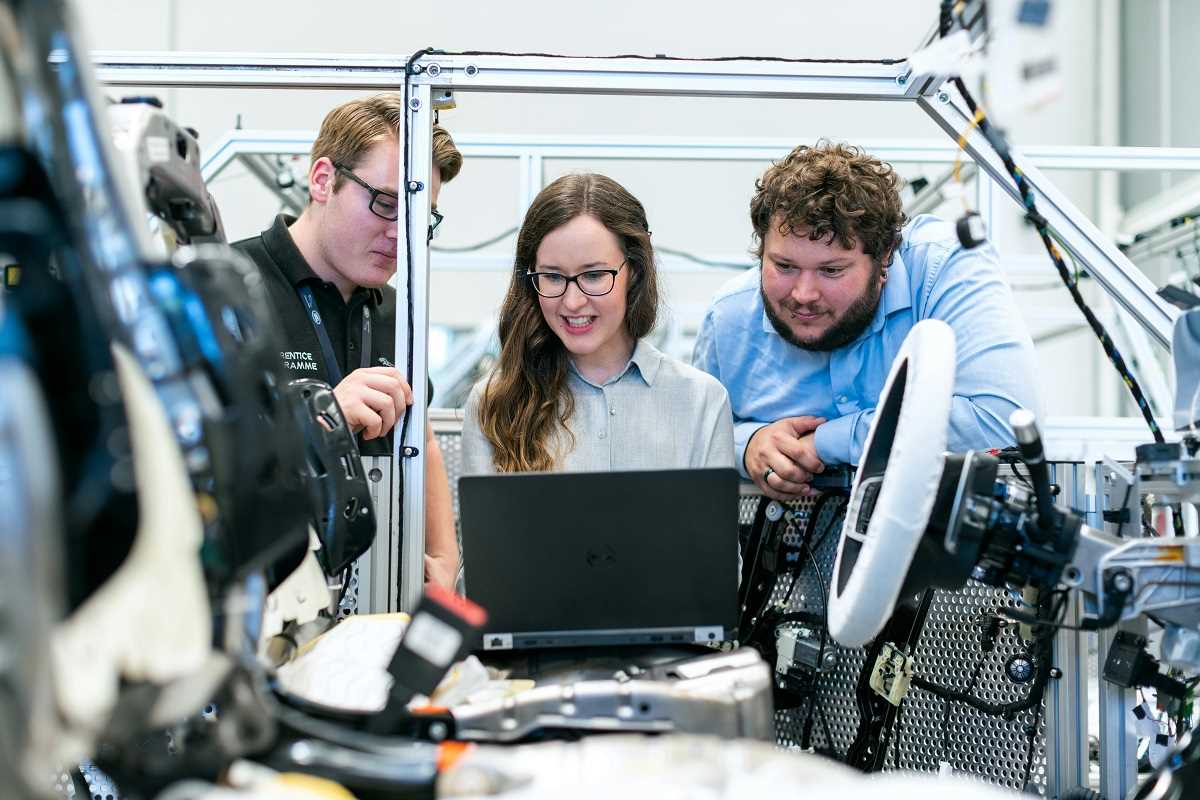Over the last few years, the buzz around 5G technology has steadily grown, and for good reason. This next-generation wireless network promises faster speeds, lower latency, and the ability to connect more devices simultaneously. While we often hear about how 5G improves gaming experiences or streaming movies in ultra-high definition, one of its most exciting and game-changing applications is in the world of connected vehicles.
Imagine a world where cars easily talk to each other, traffic lights, and even your smartphone. Now, imagine a vehicle so smart that it knows about an accident ahead seconds after it happens, helping you safely reroute. These futuristic capabilities aren't just science fiction anymore; they’re rapidly becoming reality, thanks to 5G. But how exactly does 5G propel connected vehicle technology forward? Let's explore.
What Exactly Are Connected Vehicles?
Before we get into how 5G affects connected vehicles, it's essential to understand what connected vehicles really are. Simply put, connected vehicles are cars that use wireless networks for communication. This communication can happen in three primary ways:
- Vehicle-to-Vehicle (V2V) communication, where cars share information with one another.
- Vehicle-to-Infrastructure (V2I) communication, where cars interact with infrastructure like traffic signals or road signs.
- Vehicle-to-Everything (V2X) communication, which encompasses interaction with all devices, from your smartphone to nearby traffic systems.
The goal is to build an ecosystem where transportation becomes smarter, safer, and more efficient by allowing vehicles to share real-time data with their surroundings.
Why Does 5G Matter for Connected Cars?
While today’s vehicles already use 4G networks for limited connectivity features, these networks simply aren’t fast or reliable enough to support the full range of possibilities that connected cars need. Here's a quick breakdown of why 5G is a game-changer:
- Blazing-Fast Speeds
5G networks can transmit data up to 100 times faster than 4G. For connected cars, such speed is crucial. Imagine your car needing to download updated map information, stream diagnostic reports, or identify nearby parking spaces. With 5G, these tasks happen almost instantly.
- Ultra-Low Latency
Latency is the time it takes for information to travel from one point to another. While 4G networks typically have latency rates of around 50 milliseconds, 5G reduces this to as low as 1 millisecond. This is vital for safety applications. For instance, if a car ahead suddenly brakes, a connected vehicle with 5G can receive that information almost instantaneously and react quickly to prevent a collision. A delay of even a few milliseconds on slower networks could make all the difference in life-and-death scenarios.
- Capacity for More Devices
A single 5G network can handle a larger number of devices than 4G. This is essential for vehicles operating in urban areas where thousands of connected devices—from phones to traffic systems and even digital billboards—might be using the same network. With 5G, your car remains seamlessly connected, no matter how crowded the internet highway gets.
- Network Slicing
5G technology introduces a concept called "network slicing," which allows networks to be divided into smaller, customized slices dedicated to specific applications. For example, a specific slice of the network could be dedicated entirely to V2V communication to ensure flawless sharing of safety-critical data.
Transforming Safety with 5G
Safety is arguably the most significant advantage that 5G brings to connected cars. Every second counts on the road, and reducing reaction times can save lives. Here’s how 5G makes driving safer:
- Collision Avoidance
With 5G powering V2V communication, vehicles can share real-time information about speed, position, and direction. If a car suddenly brakes around a blind turn, your vehicle will know before you do and can take action to avoid a crash.
- Pedestrian Detection
Thanks to V2X communication, connected vehicles can even improve pedestrian safety. For example, if a person holding a smartphone is about to step into a busy street, a connected vehicle could detect their presence through their device and apply the brakes automatically.
- Emergency Vehicle Alerts
Connected cars using 5G could receive signals from emergency vehicles like ambulances or fire trucks, helping them make way even before the sirens are within earshot. This could dramatically improve response times in critical situations.
Better Traffic Flow? Yes, Please!
Traffic congestion is a nightmare for anyone who drives, and it’s a problem that cities worldwide are struggling to solve. Enter connected vehicles with 5G. By enabling smoother communication between cars and traffic systems, this technology could help clear up those bottlenecks that ruin your morning commute:
- Smarter Traffic Lights
Imagine traffic lights that adjust their duration based on real-time data from connected cars in the area. If one direction is significantly more congested, the light could stay green longer to alleviate the traffic.
- Dynamic Rerouting
With 5G-enabled vehicles sharing traffic information instantly, cars could receive alternate routes to avoid traffic jams and accidents. This results in less stop-and-go traffic and reduced fuel consumption.
Enhancing the Driving Experience
Beyond safety and convenience, 5G-connected vehicles promise to enhance the overall driving experience for users. Here’s how:
- Precise Navigation
Thanks to 5G, navigation systems could offer pinpoint accuracy, helping drivers find exact locations or maneuver tricky parking lots. Advanced augmented reality (AR) displays could project detailed turn-by-turn directions right onto your windshield.
- Seamless Entertainment
Whether you’re streaming a podcast, watching a show, or updating your vehicle’s software, 5G ensures uninterrupted connectivity. This could make long road trips more enjoyable and keep passengers entertained.
- Personalized Services
Connected cars also open up the door to personalized services. Your car could automatically know your preferred air-conditioning settings, the type of music you like, and even your favorite coffee order for when you pull into the drive-thru.
Challenges Ahead
While the future of 5G and connected cars is exciting, there are hurdles along the way.
- Infrastructure Needs
For connected vehicles to thrive, cities need smart infrastructure like 5G-enabled traffic lights and road sensors. Building this infrastructure is expensive and time-consuming.
- Cybersecurity Risks
With so many devices connected to the same network, security becomes a significant concern. Hackers could potentially exploit vulnerabilities to access sensitive data or even take control of vehicles.
- Affordability
The cost of implementing 5G technology in vehicles could initially be high, limiting its accessibility to premium markets before it becomes affordable for the everyday consumer.
The Road Ahead
Despite the challenges, the potential for 5G to transform transportation is undeniable. The marriage of 5G and connected vehicles brings us closer to a future where driving is safer, smarter, and more enjoyable.
For young professionals and tech enthusiasts, this technology provides exciting opportunities to innovate, whether you're designing smarter infrastructure, making cars safer with innovative software, or exploring new entertainment possibilities within the vehicle. The acceleration of 5G-powered connected cars might just redefine the way we move and interact with our world.
 (Image source: Hyundai)
(Image source: Hyundai) 





.jpg)